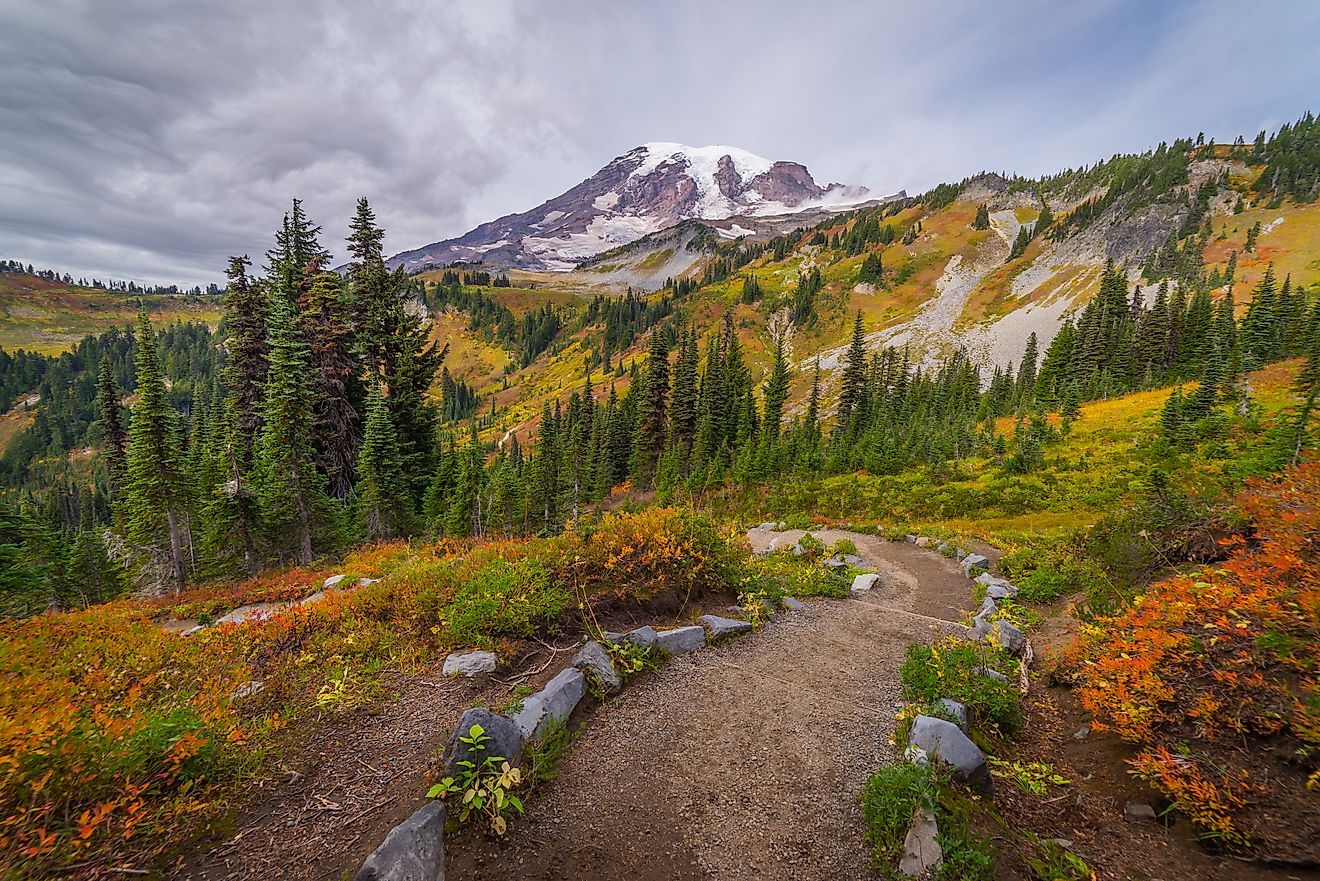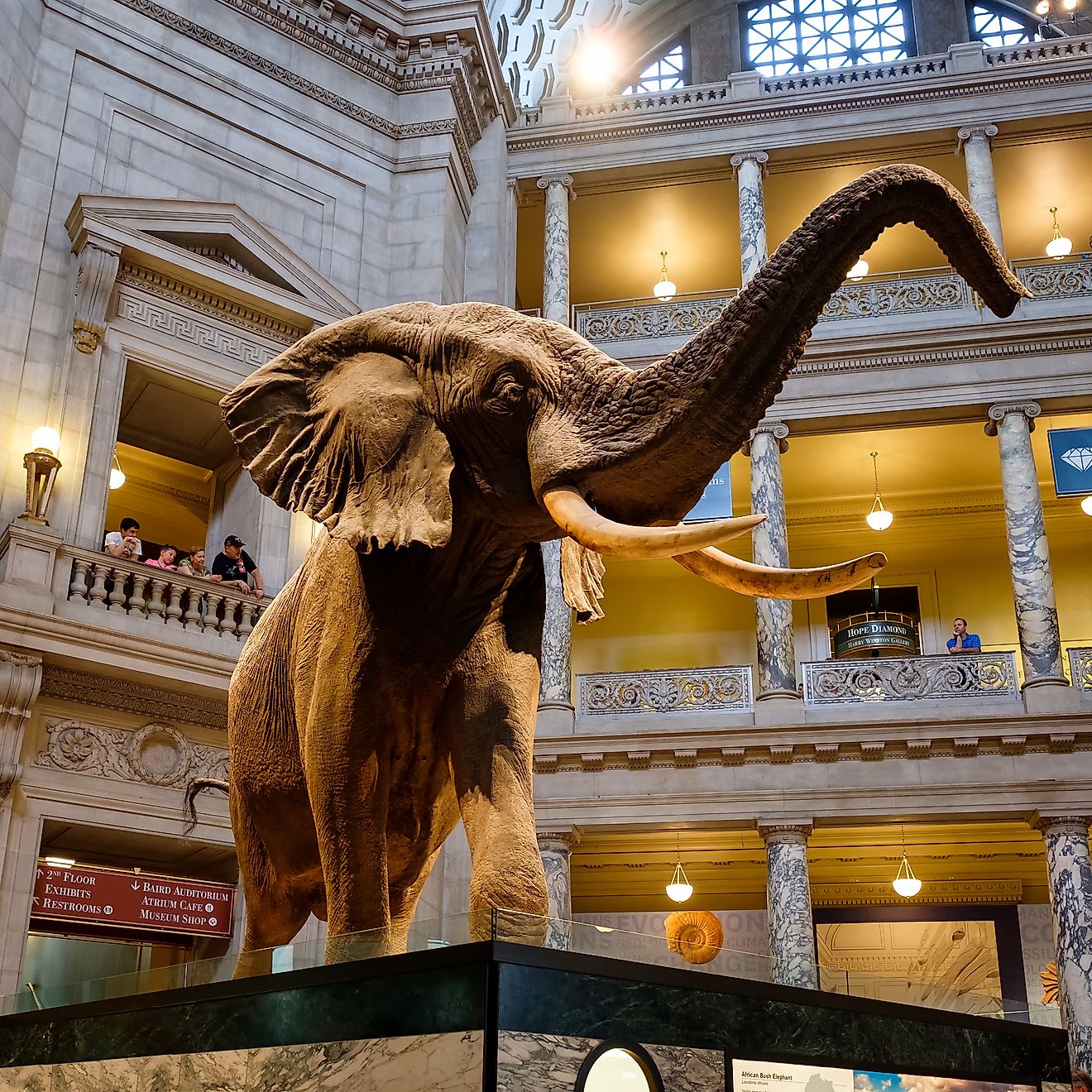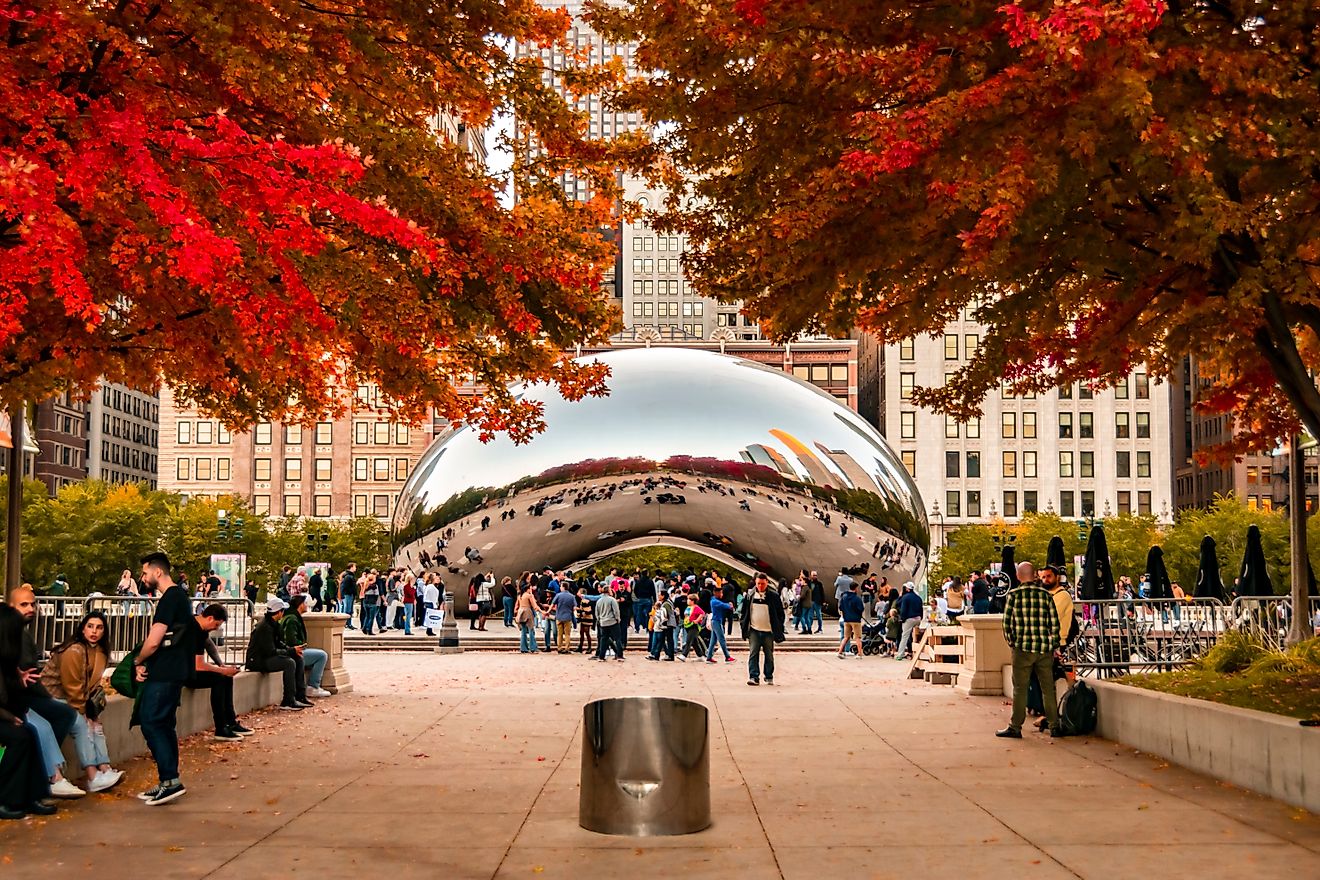
10 Must-Visit Historic Plantations in Louisiana for History Lovers
Louisiana's rich culture and vibrant history provide a unique look into the past, where signs of antebellum life remain in historic plantations. These estates, often shaded by centuries-old oak trees and surrounded by lush gardens, were once central to life in the South. These grand homes' architecture and stories reflect a time in American history filled with beauty and sorrow. Visiting these plantations is not just about exploring the lavish lifestyles of the wealthy; it's also a chance to understand the complex and often painful history of slavery, agriculture, and society in the southern United States. Each plantation shares its story, revealing insights into free and enslaved individuals who lived and worked on these lands.
Oak Alley Plantation

Oak Alley Plantation, New Orleans, Louisiana in a beautiful sunset.
Oak Alley Plantation, one of Louisiana's most famous estates, is known for its impressive canopy of 28 tall live oak trees lining the entryway. Established in the early 19th century, this stunning plantation features classic Greek Revival architecture and a beautifully restored mansion that showcases its historical significance. Visitors can stroll through the landscaped gardens and view exhibits that provide insight into the lives of the plantation's inhabitants, including the enslaved people who worked there. Guided tours enhance the experience by offering context about the region's history and highlighting the contrast between beauty and hardship that characterizes Louisiana's complex past. Oak Alley truly represents the captivating charm of Southern heritage.
Laura Plantation

Scenic historic Laura Plantation in Louisiana, USA.
Laura Plantation is an important Creole site that provides visitors with a unique look into the complex history of plantation life in Louisiana. Founded in the early 19th century, this vibrant plantation is famous for its beautiful architecture and lush gardens. However, what makes it special is its emphasis on the untold stories of the enslaved people who lived and worked there. Guided tours, led by knowledgeable interpreters, share personal stories highlighting cultural heritage and traditions passed down through generations. Guests can explore the well-restored main house, see the unique Creole cottage, and learn about the region's significant impact on Creole culture. Laura Plantation is more than just a tourist spot; it is a testament to resilience and remembrance.
Whitney Plantation

Whitney Plantation provides a powerful look at the realities of slavery in Louisiana. Founded in the 18th century, this plantation emphasizes the lives of enslaved people, offering a perspective often missing from typical plantation tours. Unlike many historic sites, Whitney focuses on the stories of enslaved people here, featuring informative exhibits and memorials. Visitors can enjoy guided tours of the plantation grounds, which include restored slave cabins and a moving memorial to the enslaved. The visit is both educational and emotional, encouraging guests to face the harsh truths of history while gaining a better understanding of Louisiana's complex past.
St. Joseph Plantation

St. Joseph Plantation, located on the historic River Road, offers a unique look at plantation life in Louisiana. Built in 1830, this beautiful Greek Revival home features the typical architecture of the era with its wide verandas and grand columns. Visitors can take guided tours that explore the lives of plantation owners and the enslaved people who worked the land. The plantation includes original buildings like the slave quarters, honoring the memory of those in its history. St. Joseph Plantation is also known for its lovely gardens and extensive collection of antique furniture, making it a fascinating stop for anyone interested in the area’s rich cultural heritage.
Houmas House Plantation

Houmas House Plantation and Gardens, known as the "Crown Jewel of Louisiana," features beautiful gardens spanning over 38 acres, with well-kept landscapes, colorful flowers, and ancient oak trees. The plantation has a history that goes back to the late 18th century and includes an impressive antebellum mansion that showcases the grandeur of that time. Visitors can take guided tours to explore the lavish interiors and learn about the plantation's history, from its days as a sugarcane powerhouse to its current status as a popular tourist destination. The site also offers delightful dining options, making it an ideal spot for history lovers and anyone seeking a peaceful experience in Louisiana's rich cultural heritage.
Nottoway Plantation
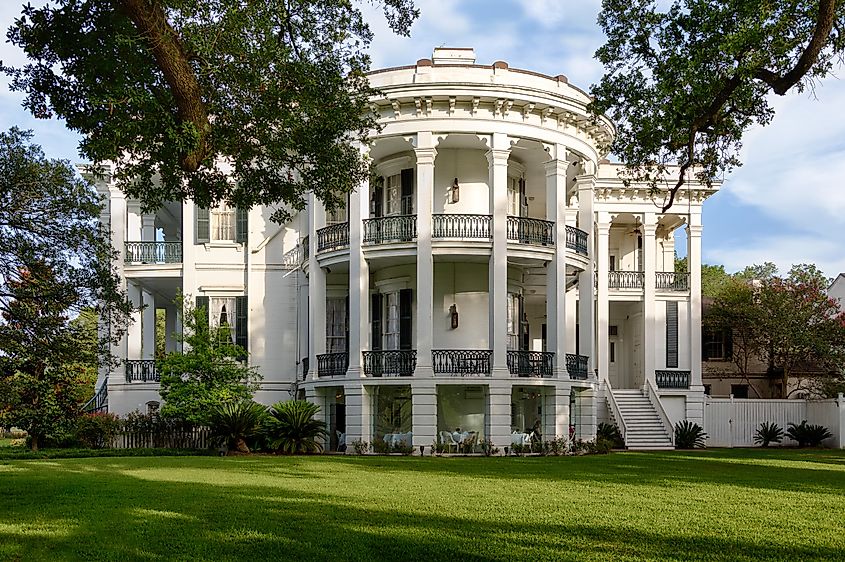
Nottoway Plantation is the largest plantation home in the South, completed in 1859. Often called the "White Castle" for its striking white exterior, this impressive estate covers over 53,000 square feet and combines Neoclassical and Italianate styles. Visitors are captivated by its 64 rooms, which include a grand ballroom and beautifully designed parlours, all well-preserved. The plantation offers guided tours highlighting its stunning architecture and exploring the fascinating history of the Barrow family and the enslaved individuals who played a role in its history. Guests leave with a deeper understanding of the complexities of Southern history.
Destrehan Plantation
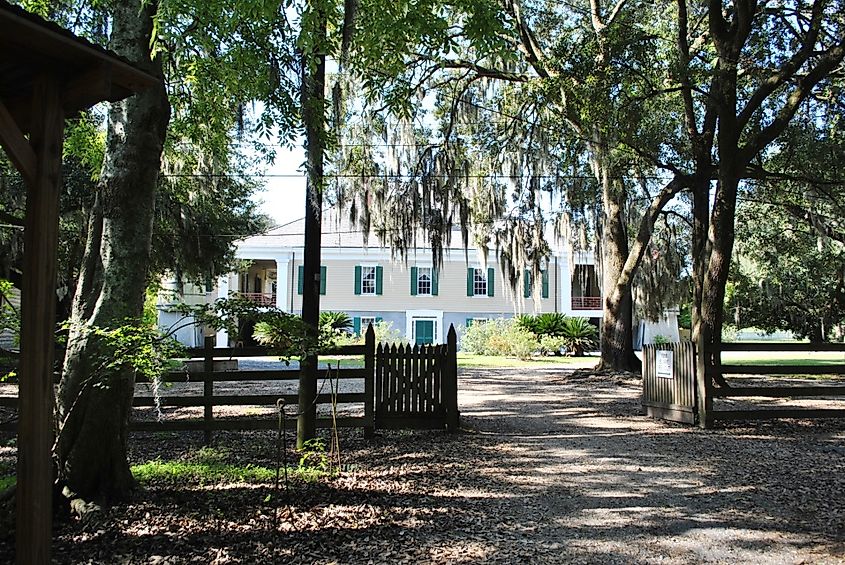
Destrehan Plantation, River Rd. (Louisiana Highway 48) Destrehan. Editorial credit: Elisa.rolle via Wikimedia Commons
Destrehan Plantation, founded in 1787, is one of the oldest plantations along the Mississippi River and offers an interesting look into Louisiana’s colonial history. The beautiful Creole-style mansion features large verandas and detailed moldings. Visitors can walk through the carefully restored home, which displays period furnishings and artifacts that showcase the lifestyle of its original residents. Guided tours also cover the lives of the enslaved people who worked on the plantation, giving a fuller picture of plantation life. Set among lush gardens and ancient oak trees, Destrehan Plantation is both a lovely location and an important reminder of the area's historical legacy.
Evergreen Plantation

Evergreen Plantation, Louisiana, United States. Editorial credit: Clément Bardot via Wikimedia Commons
Evergreen Plantation is a significant site representing Louisiana's rich history and culture. Established in the early 19th century, this plantation is known for its impressive architecture and well-preserved row of slave cabins, which offer important insights into the lives of enslaved people. The 37-acre property includes a beautiful Georgian-style mansion surrounded by lush gardens and large trees. Guided tours highlight the plantation's history, including its sugar production and the effects of slavery in the region. With its historical importance and lovely grounds, Evergreen Plantation is a powerful reminder of the beauty and complexity of Southern heritage.
Magnolia Plantation
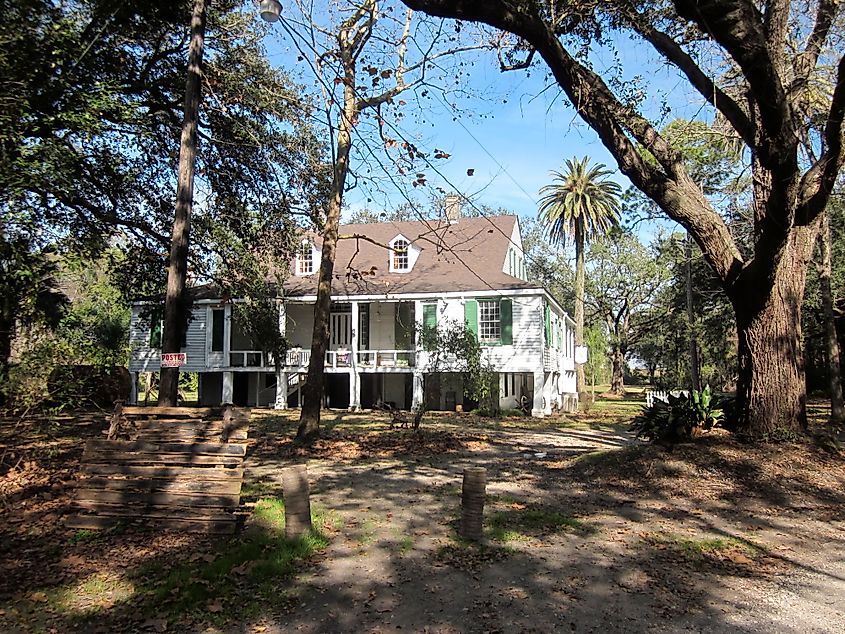
Magnolia Lane Plantation, Nine Mile Point, Jefferson Parish, Louisiana. View of the Plantation House from the inland side. Editorial credit: Infrogmation of New Orleans via Wikimedia Commons
Magnolia Plantation, established in 1850, is one of the oldest plantations in Louisiana, showcasing Southern charm and history. Located in the bayou, it offers a look into the lives of plantation owners and enslaved individuals through its restored buildings and beautiful gardens. Visitors can explore the main house, which features period furnishings, stunning architectural details, and well-maintained gardens that bloom year-round. Guided tours share the plantation's history, including stories about the families who lived there and the enslaved people who worked the land. Magnolia Plantation is more than just a historical site; it’s a captivating experience highlighting Louisiana's cultural heritage.
Shadows-on-the-Teche

Shadows-on-the-Teche, New Iberia, Lousiana.
Shadows-on-the-Teche, located in New Iberia, Louisiana, is a historic plantation home from the early 19th century. Built in 1831, this beautiful estate is known for its mix of Creole and American architectural styles. Inside, you'll find a remarkable collection of period furnishings and artwork that provide an authentic look at the 19th-century lifestyle of the Dupre family, the original owners of the plantation. Visitors can stroll through the lovely gardens overlooking the Teche River, which creates a peaceful setting for the rich history revealed during guided tours. Shadows-on-the-Teche is a key destination for anyone interested in Louisiana's cultural and historical heritage.
Lessons from the Past
Exploring Louisiana's plantations provides valuable insights into American history. These sites highlight both the grandeur of antebellum life and the harsh realities faced by enslaved people. Each plantation tells a unique story, from the resilience at Destrehan Plantation to the lavish lifestyles at Houmas House. Visitors can reflect on the past through guided tours, educational programs, and preserved artifacts. These historical locations remind us of the triumphs and tragedies that shaped the region. By visiting, individuals engage in an important conversation about heritage, memory, and the complexity of Louisiana's cultural landscape. Each plantation visit is not just about history; it's an opportunity for understanding and reconciliation.

